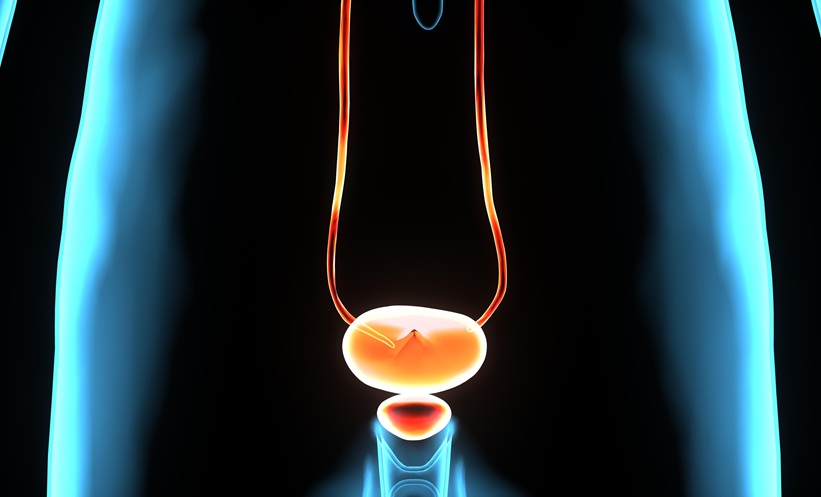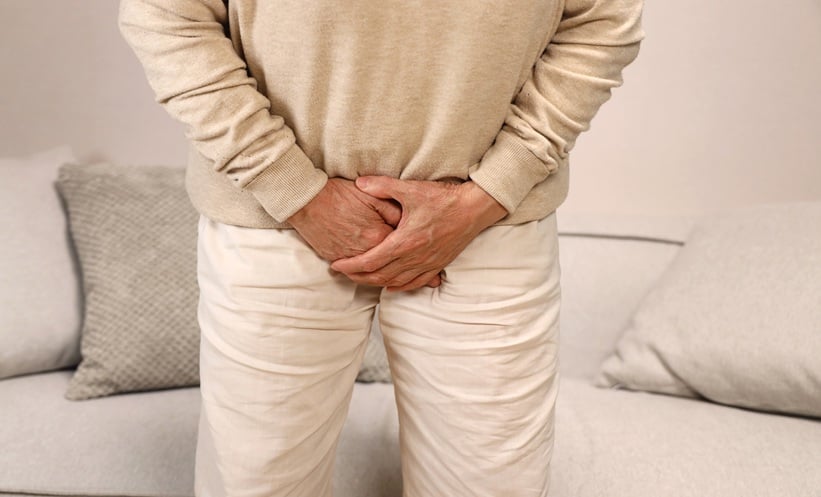PELVIC FRACTURES are serious injuries that can compromise the protective structure of the pelvic bone, putting the bladder and urethra at risk. Recent research highlights that lower urinary tract injuries in pelvic fractures occur in approximately 10–15% of cases, often resulting from shearing forces or sharp bony fragments penetrating adjacent soft tissues. These injuries can lead to complications such as urinary obstruction, infection, urethral stenosis, and long-term dysfunction, making early recognition and management crucial.
Challenges in Early Diagnosis
Despite advances in imaging and established guidelines, lower urinary tract injuries in pelvic fractures remain difficult to identify promptly in emergency settings. The clinical presentation can be subtle, with haematuria or blood at the urethral meatus serving as the main indicators. Bladder injuries are typically confirmed via retrograde or CT cystography, whereas retrograde urethrography remains the gold standard for urethral injuries. However, hemodynamically unstable patients or those with complex trauma may not be suitable for immediate imaging, leading to delayed diagnosis in some cases.
A 13-year observational study of 2,865 pelvic fracture patients revealed a 10.2% rate of missed lower urinary tract injuries, often identified between 1 and 13 days post-admission. Men were more likely to have urethral injuries, while women primarily had bladder injuries. Foley catheter placement sometimes masked symptoms, particularly in female patients, further complicating timely detection.
Improving Outcomes with Early Imaging
Early CT scanning can facilitate rapid identification of lower urinary tract injuries in pelvic fractures, supporting prompt intervention and reducing the need for additional studies. Even when diagnoses are delayed within the first two weeks, careful monitoring, urinary diversion, and follow-up imaging can result in comparable short-term infection rates and functional outcomes.
The study spotlights the importance of incorporating systematic follow-up and multi-disciplinary management in trauma care. Awareness of gender differences, careful evaluation in hemodynamically stable patients, and adherence to European Association of Urology (EAU) and American Urological Association (AUA) guidelines can help mitigate complications associated with delayed recognition of these injuries.
Reference
Yang YK et al. Diagnostic challenges in blunt pelvic fracture-related lower urinary tract injuries: a 13-year retrospective study. BMC Urol. 2025;25(1):254.







